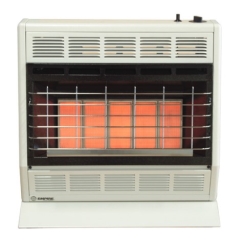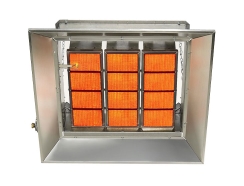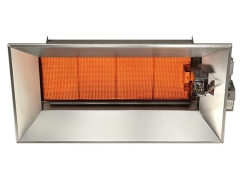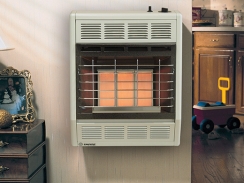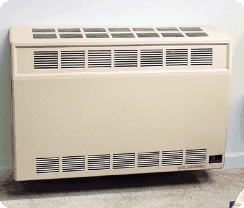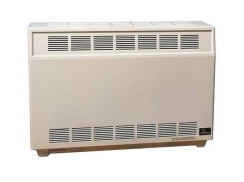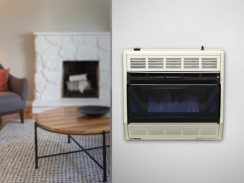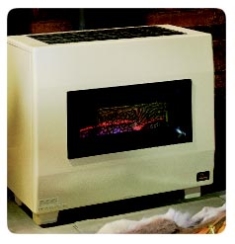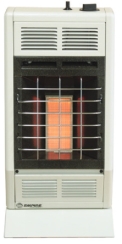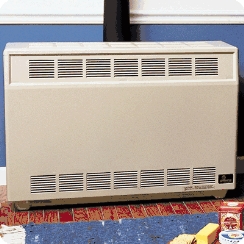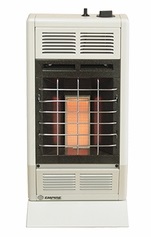Natural Gas Heaters
Displaying 1–20 of 201 items
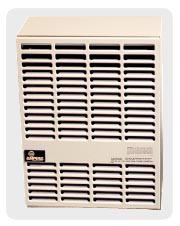
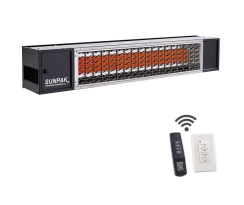
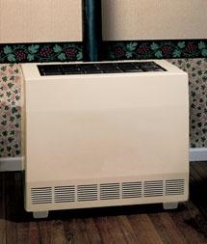
Have questions?
Our NFI-certified experts are here to help!Related Articles
Customer Q&A with Product Specialists
Thank you for reaching out!
Thank you for your interest in our products. We've received your question and will get back to you shortly — usually within the hour but always within 1 business day. To ensure you receive our response, please add our email address (info@efireplacestore.com) to your email whitelist or address book.
In the meantime, while we prepare our response, keep an eye on your inbox for an email from us. We'll be sending you our exclusive Buyer's Guide, packed with valuable information to assist you in making the best decision for your needs.
If you have any further questions or need immediate assistance, feel free to reach out to us directly at 1-800-203-1642.
Thank you again for choosing eFireplaceStore.com!
Customer Images

About Natural Gas Heaters
Natural gas does wonders for heating; it's no wonder that natural gas heaters are so popular! Convenient, inexpensive, and low-maintenance are only some of the easily listable benefits of having a natural gas heater. But with so many different types of natural gas heaters, where do you start when shopping for one? We'd suggest looking at our Natural Gas Heaters Buyer's Guide to get an idea of what to look for to find the right natural gas heater!
